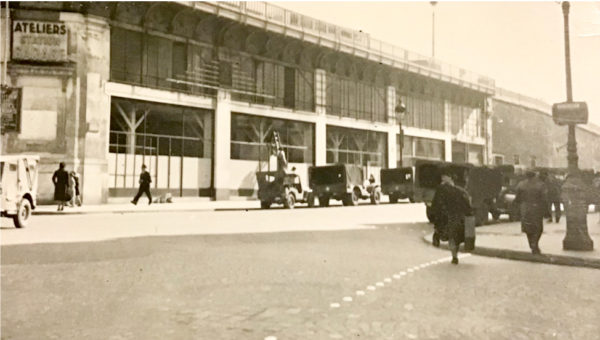Sandy and I have decided to take off August in regard to creating two new blogs for the month. We will switch our focus to finishing the second volume of the German occupation of Paris (Where Did They Put the Gestapo Headquarters?). We’re so close to wrapping up the new book that I am going to put blinders on and spend one hundred percent of my time trying to complete it.
In the meantime, we are “repurposing” two of our prior blogs for August. This blog was published in 2017 as The Sussex Plan and a Very Brave Woman (click here to read the original blog). Notice the change in title? I received an e-mail from a relative of Evelyn Clopet pointing out her contributions to the Sussex Plan, its mission, and her ultimate sacrifice. I promised Caroline that I would reprint the 2017 blog but on an expanded basis to include Evelyn. So, here it is.
Remember the “rabbit hole” I talked about in a past blog post? (click here to read the blog, Curious George Flees the Nazis) Well, I went down the rabbit hole for a week and popped back up with the relatively forgotten story of The Sussex Plan and its 120 brave agents. What initially grabbed my attention was the address in Paris of an established safe house used to shelter more than forty Sussex agents. The former cafe will be one of the stops in our third and final volume of Where Did They Put the Gestapo Headquarters? A Walking Tour of Nazi-Occupied Paris (1940−1944) Deportations & Liberation.
The stories, memories, and memorabilia of The Sussex Plan and its agents are kept alive by Dominique Soulier and the MM Park France Museum (twelve miles north of Strasbourg France). M. Soulier is the son of Georges Soulier, a former Sussex Plan agent. More on this later. Click here to visit the museum’s web-site. Read More The Sussex Plan and Three Very Brave Women

